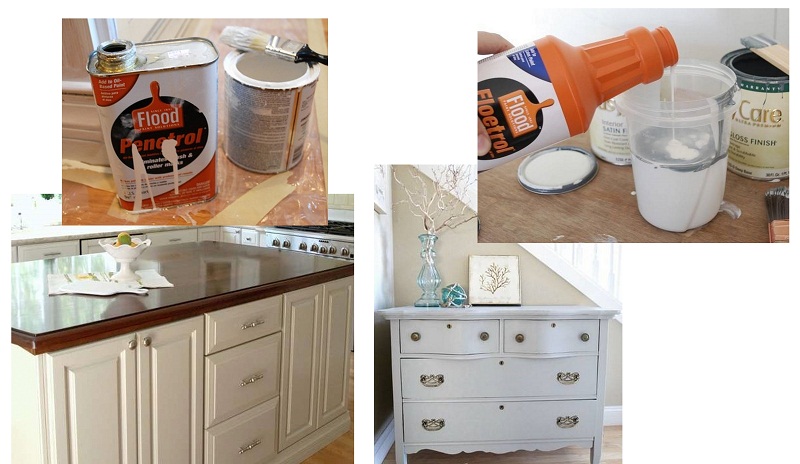When I look at a piece of nicely refinished furniture, I am always amazed when I learn that it was brushed on instead of sprayed. Of course, investing in a spray gun, compressor, and all those fun toys is a step beyond what most DIY'ers want to spend. I, myself, have done some refinishing in my life, and believe you me, it's more work than I think the pieces were worth. Not to mention, I could never completely get rid of those darn brush strokes. So imagine my delight when I read on Centsational Girl today about paint conditioners.
Here's the blurb:
"...paint conditioners are key for me for refinishing cabinets and furniture. Penetrol is for oil based (alkyd) primers and paints. I used it to refinish my kitchen island and the finish is so smooth, you simply cannot tell it was painted with a brush. Trust CG on this one. Floetrol is for latex paints and I used it on the gray blue dresser in my foyer.image source
These two favorites are not paint thinners, they are conditioning additives available at larger home improvement stores in the paint department. They practically eliminate brush strokes and drag in your paint, plus they lengthen your drying time just long enough to get a smooth finish. I love these conditioners, and won’t paint furniture with a brush without them anymore." (source)Have any of you worked with this additive? Does it do as promised? I might be more inclined to slap a fresh coat of color on more items if I had a secret weapon in my back pocket that really worked!
























